You can order hand washing liquid in dispensers, bottles and drums according to your demand, market trend and budget directly from our production center.
A soap dispenser is a device that, when properly operated or activated, dispenses soap (also known as a soap blower in Europe) (usually in small, single-use amounts). It may be controlled automatically or manually by dragging a handle. Public restrooms often have soap dispensers.
The hand wash bottle acts like an air suction device, drawing liquid towards the user’s hands, defying gravity. As soon as the user presses the trigger, the piston compresses the spring and pulls the pellet up and the liquid product into the chute until both reach the chamber.
When the user releases the actuator, the ball returns to its original position to stop the flow of liquid into the bottle and the spring returns the piston and actuator to their normal positions. Priming is a process that only happens when hand wash is added to the bottle.

When the user pushes the bottle again, the liquid in the chamber is drawn out and out of the actuator. This process continues as the chamber is once again filled with washout from the bottle.
The top of the pump or actuator is where the pressure is applied to release the liquid from the liquid soap dispenser.
Bottle Cap – The bottle cap is the part of the bottle that is attached to the neck. Its surface is either smooth or ribbed.
Outer gasket: This leak prevention device is made of plastic or rubber and is placed in the lid.
Housing: The primary pump that maintains the alignment of the other components and transfers fluid from the dip tube to the actuator.
Slope Tube: This is the clear tube that connects the bottom of the bottle to the chamber and transfers the liquid there.
Internal Components: Springs, balls, pistons, and/or stems are some of the components that help transfer fluid to the actuator.
Similar to an air suction device, the hand wash bottle pulls liquid towards the user’s hands, defying gravity. When the user depresses the actuator, the piston compresses the spring, causing air pressure to pull upward to push the ball and liquid product into the dip tube, where both reach the chamber. When the user releases the actuator, the ball returns to its original position to stop the flow of liquid into the bottle and the spring returns the piston and actuator to their normal positions. Only when the hand wash is bottled is this procedure known as “priming” done.
The fluid in the actuator is sucked out of the chamber and released when the user squeezes the bottle again. The process then continues as the chamber is once again filled with bottle wash.
Some soap dispensers use solid bars of soap that are grated, ground, or ground into flakes or powder during dispensing. One liter (0.22 mp; 0.26 US g) of liquid soap, or about 40 grams (1.4 oz) of fresh weight soap, is comparable to 400 hand washes.
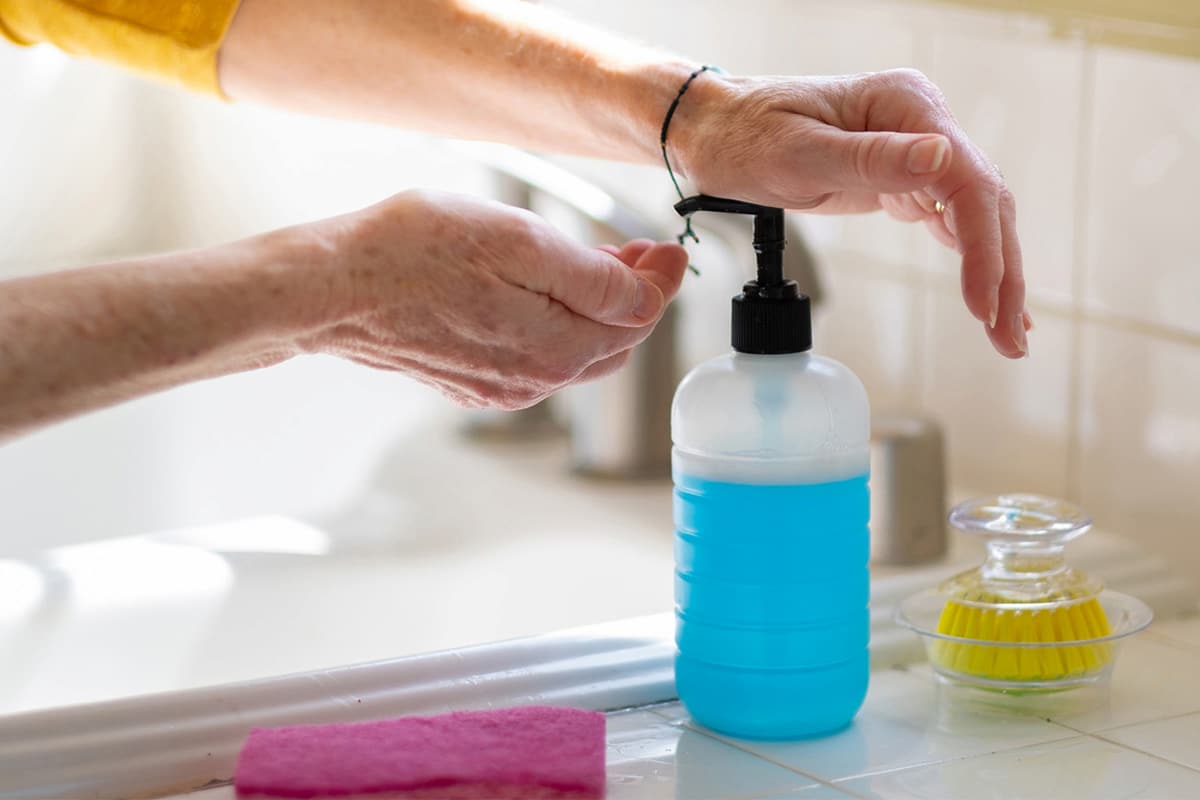
Public restrooms in Germany often include soap dispensers. There is also a soap grater that is produced exclusively for home use. They may be wall-mounted or free-standing (like a pepper mill) and are water-resistant for bathroom use. Others accept a variety of standard soap sizes. Some graters accept soap bars of certain sizes.
When a weighted lever is pressed, a metal box containing a dispenser for pre-powdered soaps, such as borax, opens and a handful of soap is released. Clothes are also washed with ground soap.
Foaming soap
Dual foam pumps are features of the foam soap dispenser. When these foam pumps are activated, they force air and soap through tiny holes to create foam. Both automatic and manual versions are available.
A substantial button on a hand-held foam soap dispenser is often used to squeeze the foam from a tube. This is also how many liquid soap dispensers work. Some dispensers work by pulling forward and pushing out the soap using a lever.
Most hand soap foam dispensers have a bladder of liquid soap that, when the pump is squeezed, passes through a fine foam nozzle and foams the soap.
An automatic soap dispenser is a device that dispenses soap (both liquid soap and foam soap) without the need for hands, but may also be used to dispense other liquids such as hand sanitizer, shampoo, or hand lotion. Automatic dispensers are often battery operated. Operating rooms and treatment rooms especially benefit from hands-free soap/water dispensers.
Hand washing liquid bottle
Bottles are actually a good choice to buy hand wash. If you already have a cute toiletry bag, there’s no need to buy it again at the Telegraph.
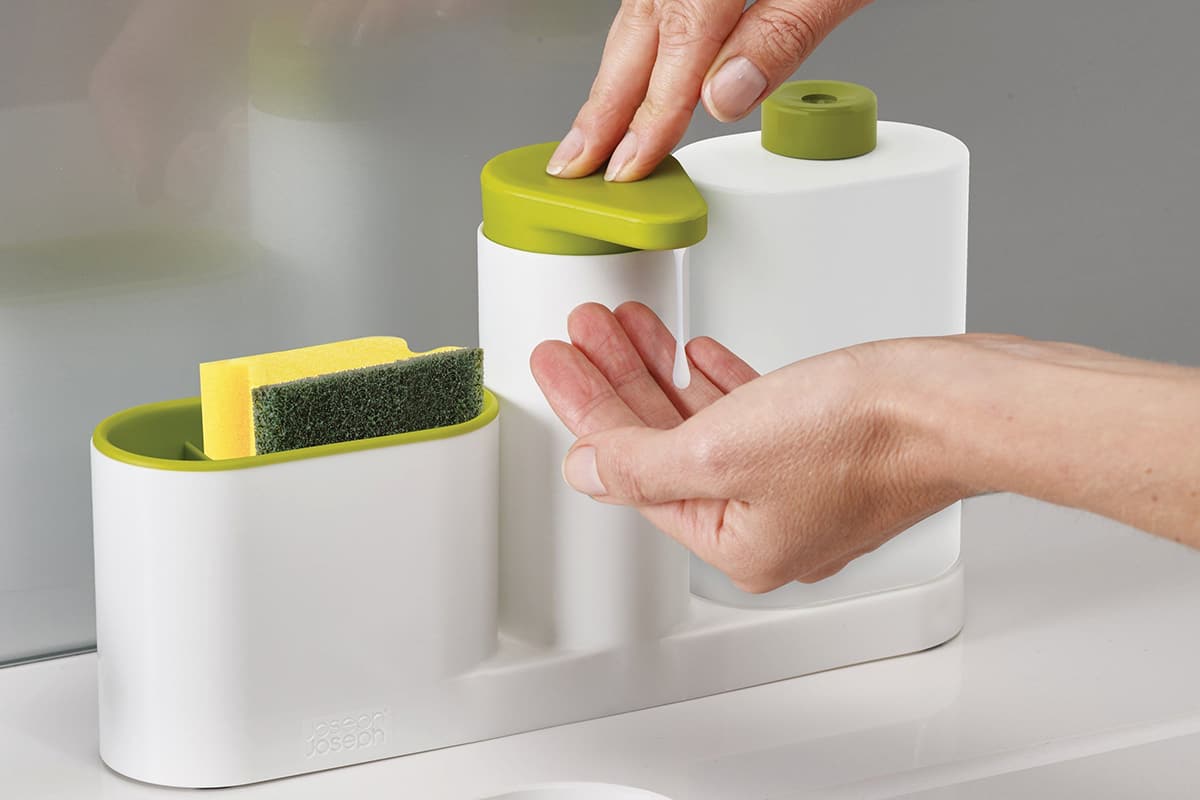
The hand soap container is black and white and has a golden dispensing pump. You can use the dispenser for liquid soap as a container for body wash or shampoo, or you can use it as a dispenser for lotion or body wash.
The style of the soap dispenser bottle is classic and the colors are classic, making it compatible with a wide range of bathroom accessories and bathroom decor.
The ceramic dispenser may also be used as a container for dispensing hand sanitizer or in the kitchen. It can also be used to store other liquids.
Not surprisingly, restaurant patrons, industrial workers, and students all see restroom visits as a general indicator of a facility’s quality.
The easiest and first step to prevent the transmission of potentially dangerous bacteria and viruses is to wash your hands.
Our company has branched out into detergents to meet the growing demand from customers in a wide range of countries around the world for high quality and effective products. With the help of our knowledgeable staff, you can contact our provider organization to get any type of detergent you can think of.
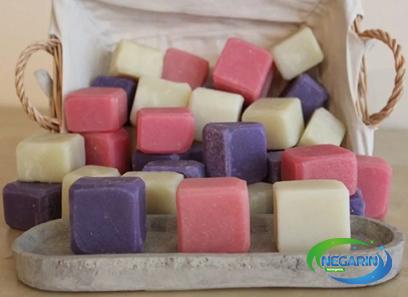
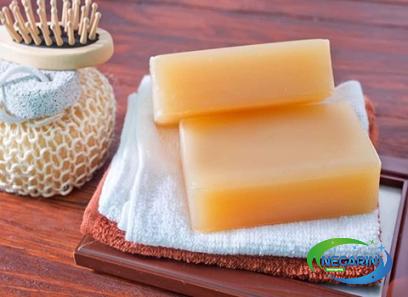





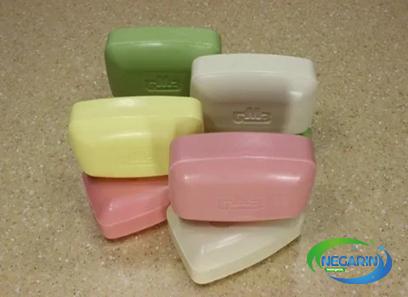


Your comment submitted.